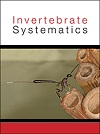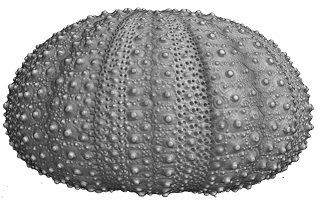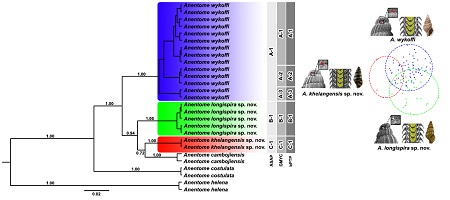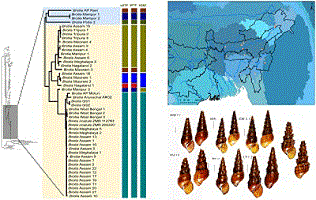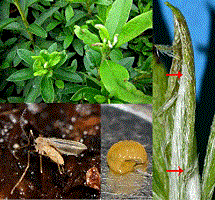IS23038Hidden in plain sight: Tripneustes kermadecensis (Echinodermata: Echinoidea) is a junior synonym of the eastern Australian sea urchin Evechinus australiae described in 1878
 , Omri Bronstein
, Omri Bronstein  , Andreas Kroh
, Andreas Kroh  , Viola Winkler
, Viola Winkler  , Ashley Miskelly, Brigitte Sommer
, Ashley Miskelly, Brigitte Sommer  and Maria Byrne
and Maria Byrne 
In Australia there are two Tripneustes species, the tropical T. gratilla gratilla and the temperate T. kermadecensis. We found potential senior type material for the recently described T. kermadecensis in the Australian Museum described as Evechinus australiae (Tenison-Woods, 1878) 150 years ago. Our genetic and morphological analyses showed that these two species represent the same taxon, and therefore the correct designation of this taxon is Tripneustes australiae (Tenison-Woods, 1878). This study is important as Tripneustes australiae is shown to be a common species on the south-east coast of Australia and should be considered in regional conservation and management. (Photograph by Emily McLaren.)
IS23038 Abstract | IS23038 Full Text | IS23038PDF (5 MB) | IS23038Supplementary Material (380 KB) Open Access Article


